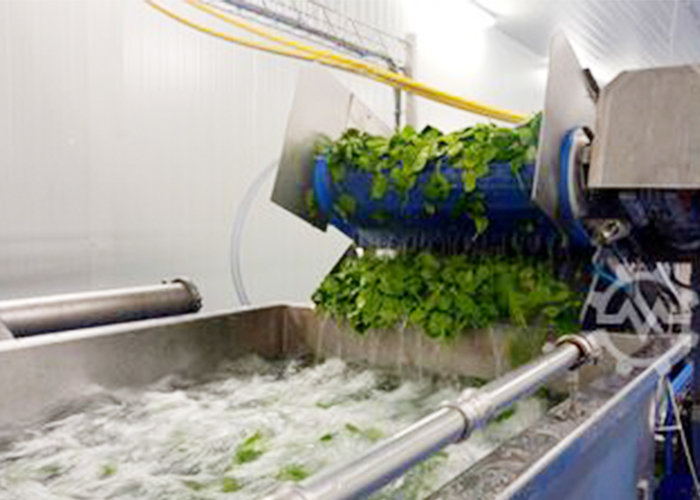As we all know, fruits and vegetables are a vital part of our diet. They provide us with the essential vitamins and minerals our bodies need to function properly. However, simply consuming fruits and vegetables in their raw form may not be enough. This is where the importance of processing fruit and vegetale comes in.
Fruit and vegetable processing involves transforming them into a product that is safe, convenient, and easy to consume. There are various methods of processing, including canning, freezing, drying, and juicing. Each method has its own advantages and disadvantages, but they all serve the same purpose – to increase the shelf life of fruits and vegetables and to make them more palatable.
One of the most common methods of processing is canning. This involves placing fruits or vegetables in a jar or can and sealing it shut. Canning is a great way to preserve fruits and vegetables for long periods of time. It also ensures that the food is safe to eat by killing off any bacteria that may be present. Canned fruits and vegetables are convenient and easy to use, making them a popular choice for people who don’t have the time or resources to prepare fresh produce on a regular basis.
Another popular method of processing is freezing. Freezing fruits and vegetables allows them to be preserved for months without losing their nutritional value. Freezing also helps to retain the flavor and texture of the produce, which makes them more appealing to eat. Frozen fruits and vegetables can be used in a variety of dishes, ranging from smoothies to soups to stir-fries.

Drying is another method of processing that has been used for centuries. This involves removing the moisture from fruits and vegetables, which helps to prevent spoilage. Dried fruits and vegetables have a longer shelf life than their fresh counterparts, which makes them a handy snack to have on hand. Drying also concentrates the nutrients in the produce, making them a more nutrient-dense option.
Juicing is a popular method of processing that involves extracting the juice from fruits and vegetables. This can be done at home with a juicer or blender, or it can be purchased in stores. Juicing allows you to consume a large amount of fruits and vegetables in one go, which is convenient for those who don’t have the time or appetite to eat a whole plate of produce. Juicing can also make it easier for your body to digest and absorb the nutrients from the fruits and vegetables.
While processing fruits and vegetables does have its benefits, it’s important to note that not all processing methods are created equal. Some methods, like canning, may lead to a loss of nutrients due to the high heat used in the process. Others, like juicing, may strip away some of the fiber found in the produce. It’s important to consider the pros and cons of each processing method to determine which one is the best fit for your needs.
In conclusion, processing fruits and vegetables plays a vital role in our daily lives. It allows us to access a wide variety of produce year-round, regardless of seasonality. Processing also makes it easier for us to consume large amounts of produce in a convenient and palatable form. So the next time you enjoy a canned peach or snack on some dried apple slices, remember that processing played a crucial role in making that possible.
